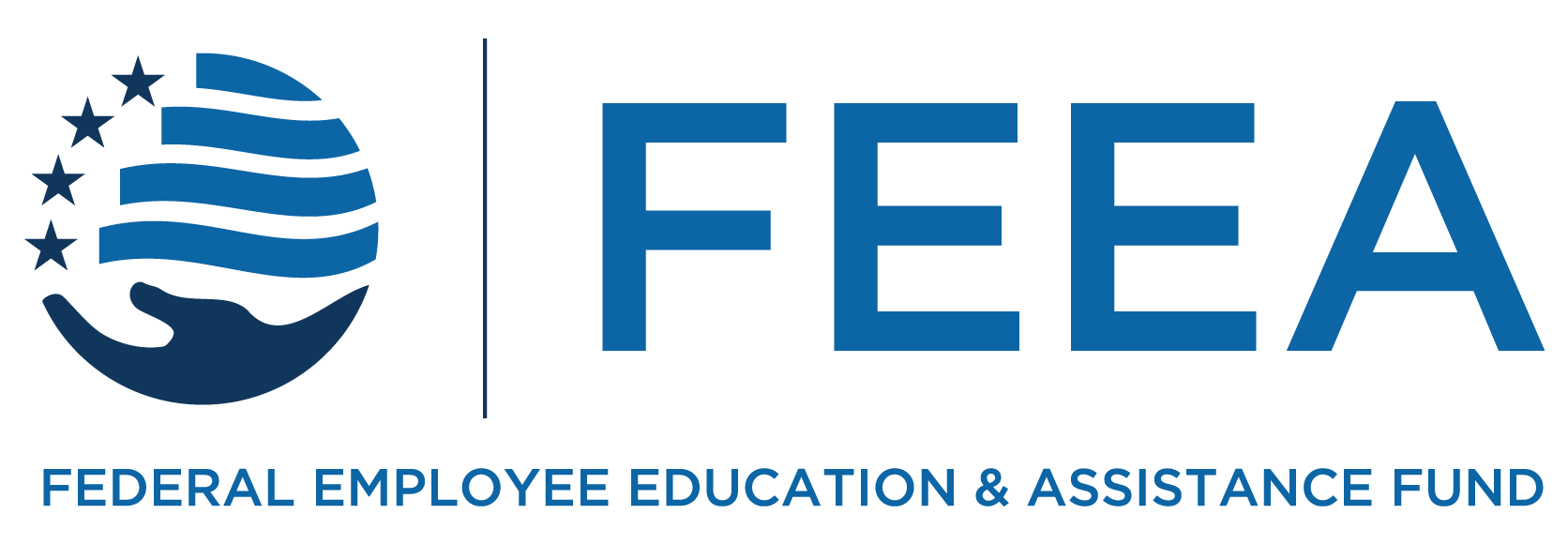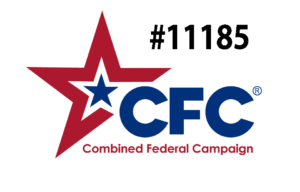Is a 529 Plan Right for Your Family?
by Joyce Warner
I recently sat down with Paul Raspitzi from WAEPA’s Ernst & Young Financial Wellness Program Partnership to talk about 529 plans for college.
Joyce: Thanks Paul for sitting down with me today. First, can you explain what a 529 is and how long they have been around?
Paul: A 529 plan is a specific account designed to provide incentives for saving for the future cost of education. The most common benefit is the tax-free growth and withdrawals of the account for qualified distributions, but there are others that I’ll touch on later. Many states have prepaid tuition plans that date back to the 1980s, but it wasn’t until when the IRS created the Section 529 in the Internal Revenue Code in 1996, did these plans really take the form we know today.
Joyce: I believe every state and D.C. have their own 529 college savings plans. Do you have to use the one from your own state? If not, how can you go about choosing the best state plan for you?
Paul: Generally, states will only allow their residents to contribute to 529 prepaid tuition plans, however, 529 savings plan can be used by residents and non-residents. It’s also important to know that the 529 savings plan you use doesn’t have an impact on which state your child attends college in. For example, I can live in Florida, use the New York 529 savings plan, and my daughter can use that plan for a college in Texas.
The first step to choosing a plan is deciding whether you want to use a savings or prepaid plan, if available in your state. If you decide on a savings plan, you’ll want to determine if your state provides incentives to participate in their plan, such as a state tax deduction on contributions, that might be a great reason to use that plan. If no incentive is available, you’ll want to look at which plan offers the type of investments that match your risk profile as well as fees for the plan.
Joyce: What are the potential risks and rewards associated with a 529 college savings plan? How might you navigate your personal risk tolerance? What about for a 529 prepaid tuition plan?
Paul: 529 college savings plans will act very similar to a retirement plan like a 401(k) or the Thrift Savings Plan. You will have investments to choose from, and they will go up and down in value over time. Your personal risk tolerance should be evaluated based on the age of your child and how much volatility you are willing to experience. With a 529 prepaid tuition plan, you are pre-paying all or part of the costs of an in-state public college. You don’t have to worry about investments, as your “growth” of the account is the increase in cost of higher education in that state. With 529 prepaid tuition plans, the main risk is that the plans may provide less benefits if your child doesn’t go to a participating school in the state.
Joyce: Who can open a college savings plan and for whom? Should there be a separate plan for each child? Can a child have more than one plan? Can individuals make a gift into an existing 529 plan, if so how?
Paul: Generally, anyone over the age of 18 can start a 529 plan, including parents, grandparents, aunts and uncles, to just name a few. When opening a 529, the account owner will name a beneficiary to the account, such as their child or grandchild. Only one beneficiary can be named for each 529 plan, however, the account owner may change the beneficiary any time. If you have more than one child, it is beneficial to have separate 529 plans for each child, especially if they will be attending college at the same time. A child may have more than one 529 plan, whether by the same account owner or multiple account owners. Most plans accept contributions via check or electronic payment, some even have specific gifting portals or programs for relatives that want to gift money to existing plans. Those gifting money into the plan should verify if the state allows for a state tax deduction, as some states may restrict tax deductions for account owners. It’s best to reach out the administrator of the plan for the easiest option. Gifts to 529 plans also have special provisions that allow someone to use up to 5 years of their “annual exclusion” against gift taxes.
Joyce: What happens to the funds in a 529 college savings plan if your child decides not go to college?
Paul: There are a couple options here. The owner of the account can always change the beneficiary of the account, so if there’s another child, family member or even the account owner themselves that can use the funds, a simple beneficiary change is all that is needed. Traditionally, parents have thought about using an unused 529 savings plan for younger children, but due to a recent change, there might be a way for an older child to use these funds, as student loan repayments have become an acceptable reason for qualified distributions. Also, you can always look towards the future for grandchildren. Finally, if no other use is available, you will get back your contributions tax-free, but you will need to pay taxes and a 10% penalty on the account’s earnings.
Joyce: According to the National Center for Education Statistics the average for tuition, fees, room and board for the 2017-2018 school year was just under $18,000 for public 4-year institutions and just over $46,000 for private, non-profit 4-year institutions. Should you try to save to fully cover these costs, or is this a case of any amount will help? How much would a family likely need to save each month from birth to age 18 in order to cover these costs, given inflation?
Paul: Deciding how much to save in a college fund involves a few considerations: do you anticipate your child going to a public or private school, will you cover all costs or a portion, but ultimately, you need to take a close look at your budget and other financial goals, like retirement, to determine what makes sense for your circumstances. Using those average costs, it would require roughly $350/month of savings for the average public 4-year institution and then $850/month for private school, assuming a 6% return and you started saving once your child was born. Remember, loans are available for school, but not for retirement. If you are unsure if you can save for college and afford retirement in the future, you may want to consider a Roth IRA as money in that account may be used for both purposes.
Joyce: How does having savings in a college savings plan affect federal or institutional need-based financial aid and your expected family contribution on the FAFSA?
Paul: When it comes to financial aid, putting money into a 529 plan is dramatically better than gifts directly to the student, as income and assets of the student will have a heavier impact on the expected family contribution. For parent owned 529 plans, they only use 5.64% of the account balance when determining the expected family contribution and the value of a grandparent’s plan isn’t factored in at all. That being said, you want to be careful about when you use the money in a grandparent’s plan as those distributions can be considered income to the child. Using these funds for the later years of school would be more beneficial.
Would you like to reprint this piece in your agency human resource, federal employee association, or union local newsletter? You can do so at no cost by contacting admin@feea.org with your request.
The information provided in this piece is for your convenience and informational purposes only and not to be construed as professional advice. FEEA and its coauthors and sponsors are not liable for any losses or damages related to actions or failure to act with regard to the content in this piece.





